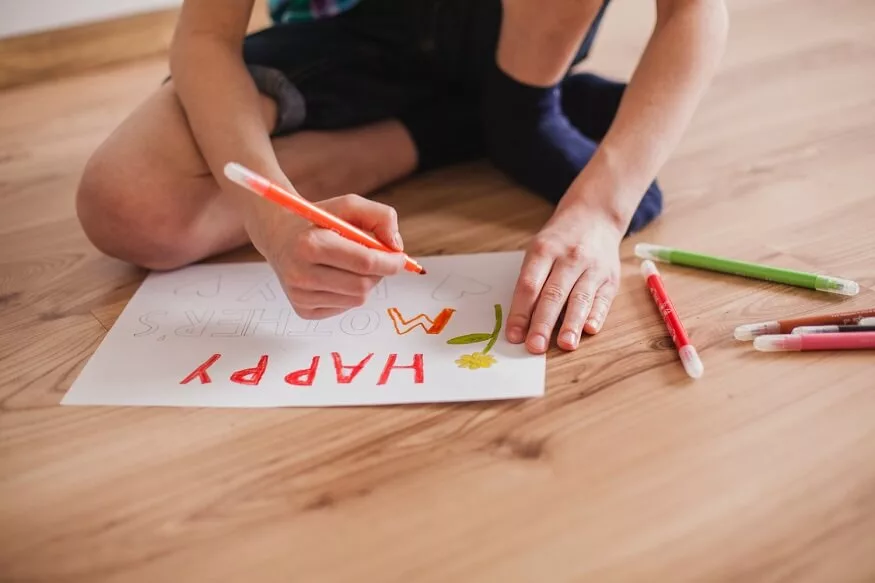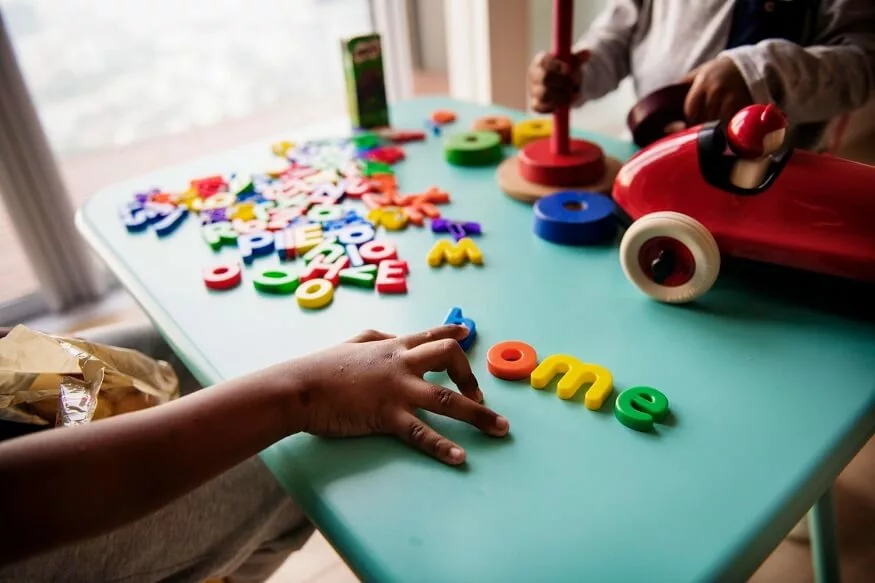Handwriting is a fundamental skill that lays the foundation for a child’s academic success. While technology has become ubiquitous, the importance of teaching preschoolers the art of handwriting cannot be overstated. In this guide, we will explore what is considered normal in the development of handwriting skills for preschoolers, as well as red flags that may indicate potential issues. Additionally, we’ll discuss effective strategies for handwriting practice, the transition to kindergarten, and the role of teaching cursive handwriting.
Normal Handwriting Development in Preschoolers
Preschoolers typically start exploring the world of writing around the age of three to four. At this stage, it’s normal for their handwriting to be more of a scribble than a recognisable form. This initial stage is crucial, as it helps children develop fine motor skills and hand-eye coordination. Over time, their scribbles evolve into more controlled shapes, eventually resembling letters and numbers.
By the age of five, many children can write their names and some familiar words. Still, variations in handwriting styles are expected as each child develops at their own pace. Some may show a preference for using their left or right hand during this period, indicating the hand dominance that will become more apparent as they grow.
Handwriting Practice for Preschoolers
Encouraging handwriting practice at home and in preschool settings is essential for the development of fine motor skills and the gradual refinement of handwriting. Parents and teachers can incorporate various activities that make learning to write an enjoyable experience. Here are some effective handwriting practice strategies:
- Drawing and Tracing: Provide preschoolers with plenty of opportunities to draw and trace shapes, lines, and simple figures. This helps build hand-eye coordination and control.
- Using Different Tools: Experiment with different writing tools, such as crayons, markers, chalk, and pencils. This variety can make writing more engaging for preschoolers.
- Letter Recognition Games: Introduce letter recognition games that involve finding and tracing letters. This not only aids in handwriting practice but also enhances letter familiarity.
- Fine Motor Skill Activities: Engage in activities that promote fine motor skills, such as threading beads, playing with playdough, and using scissors. These activities strengthen the muscles required for writing.
- Structured Handwriting Lessons: While the emphasis is on playful learning, incorporating structured handwriting lessons can be beneficial. Use age-appropriate worksheets that guide children in forming letters and numbers.
Preparing for Kindergarten
As preschoolers approach the age of five, parents and educators start preparing them for the transition to kindergarten, where more formalised writing instruction usually begins. Here are key considerations for this transition:
- Letter and Number Recognition: Ensure that children can recognise and name letters and numbers before entering kindergarten. This foundational knowledge facilitates a smoother transition to more structured writing activities.
- Independence in Basic Skills: Encourage independence in basic self-help skills like dressing, using the restroom, and opening lunch containers. This independence is vital as kindergarten demands increased personal responsibility.
- Social and Emotional Readiness: Assess social and emotional readiness. Kindergarten involves increased interaction with peers and following classroom rules. Preschoolers should be prepared for this social environment.
- Introduction to Cursive Handwriting: While the focus in kindergarten is often on print letters, introducing the concept of cursive handwriting can be beneficial. Familiarity with cursive letters lays the groundwork for later cursive instruction.
Teaching Cursive Handwriting
The debate over the relevance of cursive handwriting in the digital age is ongoing. However, many educators and experts argue that teaching cursive offers cognitive and developmental benefits. Here’s why cursive handwriting remains an important aspect of early education:
- Cognitive Benefits: Research suggests that learning cursive handwriting enhances cognitive skills, including memory, comprehension, and critical thinking. The physical act of forming connected letters may stimulate brain development.
- Fine Motor Skill Refinement: Cursive writing demands greater fine motor skill control than printing. Practising cursive helps children refine their motor skills, promoting better hand coordination and control.
- Historical and Cultural Significance: Cursive writing has historical and cultural significance. It is a traditional skill that connects individuals to the past and is still relevant in certain contexts, such as reading historical documents.
- Improved Writing Speed: Cursive writing is often faster than printing, which can be beneficial as students progress in their education. It allows for more efficient note-taking and written expression.
While the benefits of cursive handwriting are evident, the approach to teaching it should be age-appropriate. Introduce cursive letters gradually, building on the foundation of print letters. Short, focused cursive handwriting lessons can be integrated into the curriculum without overwhelming young learners.
Identifying Potential Issues
As children embark on their handwriting journey, it’s crucial to be attentive to signs that may indicate potential issues. Early identification and intervention can make a significant difference. Here are red flags that warrant attention:
- Persistent Reversals: While reversals are common in the early stages, persistent reversal of letters or numbers after the age of six may indicate a need for further evaluation.
- Inconsistency in Handwriting Style: Wide variations in letter size, spacing, and formation can be indicative of challenges in motor control and coordination.
- Difficulty Holding Writing Tools: If a child consistently struggles to hold a pencil or crayon correctly, it may indicate weaknesses in fine motor skills.
- Lack of Interest or Frustration: A sudden lack of interest in writing or visible frustration during handwriting practice may signal an underlying issue, such as visual-motor integration difficulties.
The journey of starting handwriting for preschoolers is a crucial developmental phase that lays the groundwork for future academic success. Normal handwriting development involves a progression from scribbles to recognisable letters and numbers, with individual variations in style and pace. Effective handwriting practice, the transition to kindergarten, and the consideration of cursive handwriting contribute to a holistic approach to early education.
EuroSchool plays a vital role in creating a supportive environment that nurtures handwriting skills. We identify potential issues early on and provide targeted interventions that can ensure that children develop the necessary skills for confident and effective communication through writing. Ultimately, the goal is to make the handwriting journey a positive and enjoyable experience, setting the stage for a lifetime of successful written expression.









